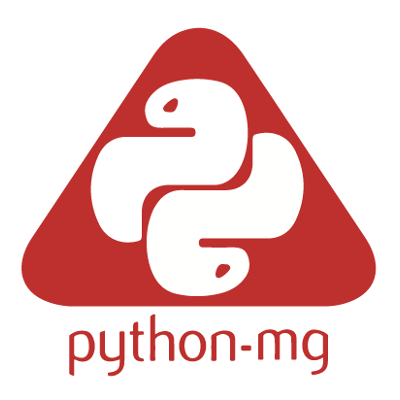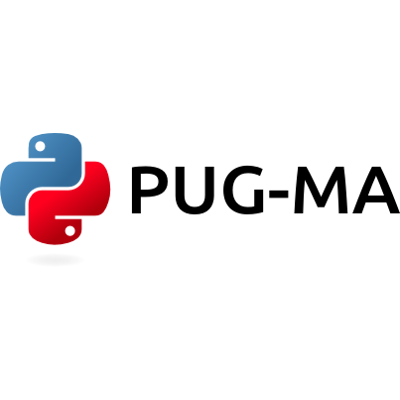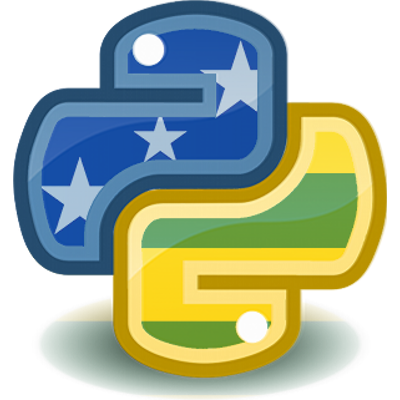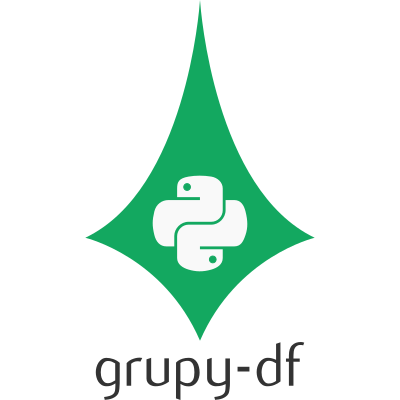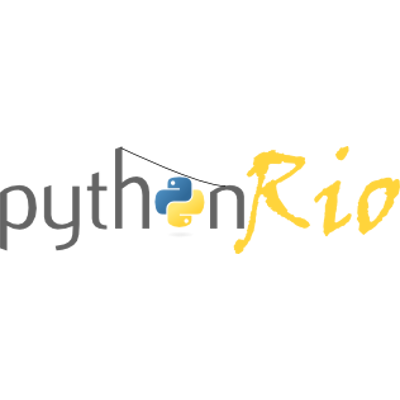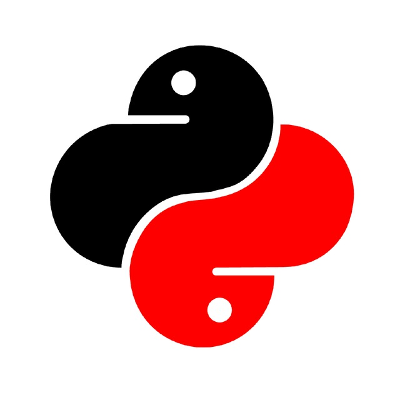Impressione-se
Descubra como Python está presente em seu dia-a-dia.
Inicie-se
Veja como é fácil começar a usar a linguagem.
Aprenda mais
Conheça mais sobre a linguagem e torne-se um verdadeiro pythonista.
Participe
Encontre e participe da comunidade e compartilhe suas dúvidas e idéias.
APyB
Conheça a Associação Python Brasil.
Código de Conduta
Código de Conduta da comunidade Python Brasil.
Grupos de Usuários Python no Brasil (GUPy)
Python Floripa
Grupo de usuários de Florianópolis
Py013
Grupo de usuários da Baixada Santista DDD 013 (Litoral de SP)
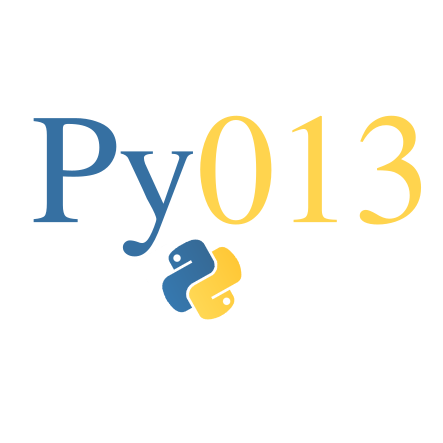
GruPy-ES
Grupo de usuários do Espírito Santo
GruPy-RO
Grupo de usuários de Rondônia
Pug-SC
Grupo de usuários de Santa Catarina
GruPy-BA
Grupo de usuários da Bahia
grupy-sanca
Grupo de usuários Python de São Carlos (SP)





